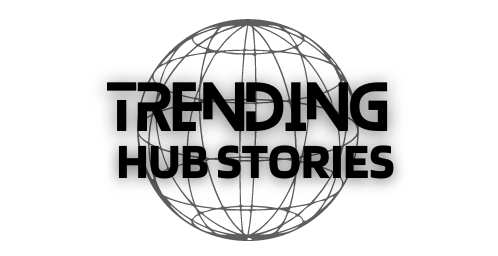Royal Dutch Shell, often referred to simply as Shell, is one of the largest and best-known multinational energy companies in the world. With origins dating back to the 19th century, the company has grown to become a global leader in the oil and gas industry. But when it comes to ownership, Shell's structure is quite unique and complex. In this article we will explore the ownership of Royal Dutch Shell and the intricacies of its corporate structure.
Historical background
Shell's history can be traced back to the founding of the Royal Dutch Petroleum Company in the Netherlands and the Shell Transport and Trading Company in the United Kingdom. The two companies merged in 1907 to form the Royal Dutch Shell Group, often referred to as Shell. This merger created a two-brand structure with two parent companies: Royal Dutch Petroleum Company and The Shell Transport and Trading Company.
Ownership structure
Shell's ownership structure is characterized by the arrangement of listed companies. This means that they are essentially two separate companies, each with its own set of shareholders, but working together as one economic entity. The two parent companies in the structure are:
Royal Dutch Shell plc: This company is based in the United Kingdom and is listed on the London Stock Exchange. It is responsible for managing day-to-day operations and is the entity most people associate with the Shell brand.
Koninklijke Nederlandse Petroleum Maatschappij (Royal Dutch Petroleum Company): This company is registered in the Netherlands and is listed on Euronext Amsterdam. Represents Dutch interests in the group.
shareholders
The ownership of Royal Dutch Shell is divided between the shareholders of Royal Dutch Shell plc and Royal Dutch Petroleum Company. These shareholders come from all over the world and include institutional investors, individual investors and various other entities. The distribution of ownership is constantly changing as shares are bought and sold on exchanges where companies are listed.
One important point to note is that the two parent companies do not share the same ownership. The Royal Dutch Petroleum Company owns a larger stake in Royal Dutch Shell compared to The Shell Transport and Trading Company. This is reflected in the company name "Royal Dutch Shell".
Governance
To ensure effective cooperation and decision-making between the two parent companies, there is a unified management structure. The company is governed by a board of directors, which is responsible for strategic decisions and oversees the executive management team. This board consists of members from both parent companies, reflecting the dual nature of the organization.
Dividends and profits
Profits and dividends received by Royal Dutch Shell are also shared between the two parent companies in proportion to their ownership. This arrangement ensures that both Dutch and British interests are represented and receive their respective share of the benefits.
Royal Dutch Shell's ownership structure is a distinctive and complex system that reflects its historical origins and the need to balance Dutch and British interests. The company's dual-listed structure ensures that both Royal Dutch Petroleum Company and Royal Dutch Shell plc have a say in the company's operations and decision-making processes. Although this structure may seem complex, it has allowed Shell to operate successfully on a global scale, making it one of the largest energy companies in the world.


.png)
.png)
.png)
.png)
.png)
.png)
.png)

.png)
0 Comments